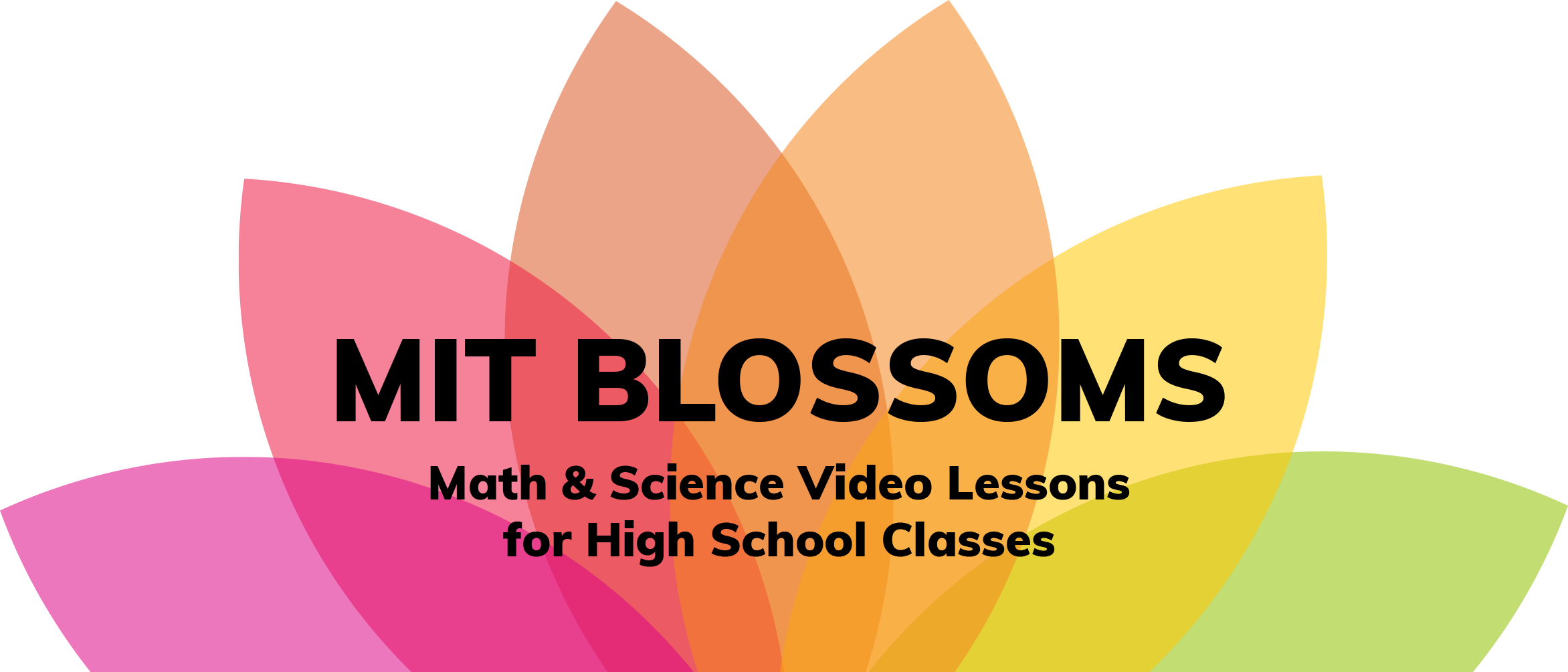In this video lesson, the concept of momentum applied to hard-body collisions is explained using a number of simple demonstrations, all of which can be repeated in the classroom. Understanding Newton's Laws is fundamental to all of physics, and this lesson introduces the vital concepts of momentum and energy, and their conservation. Only some preliminary ideas of algebra are used here, and all the concepts presented can be found in any high-school level physics book. In terms of materials required, getting hold of large steel balls may not be easy, but large ball bearings can be procured easily. On the basis of what students have learned in the video, teachers can easily generate a large number of questions that relate to one's daily experiences, or which pose new challenges: for example, in a collision between a heavy and light vehicle, why do those inside the heavier one suffer less injury?
このビデオ授業では、硬い物体の衝突に応用された運動量の概念が、すべて授業中に教室で再現されうる、たくさんの単純なデモを使って説明されます。ニュートンの法則の理解は物理全般にとって基本的なこととなりますが、この授業では、運動量とエネルギーとその変換という重要な概念を導入します。ここでは代数の基本的な概念のみが扱われますし、ここの使われるすべての概念は、どの高校レベルの物理の教科書にも載っています。必要な教材については、大きい鋼鉄のボールを入手することは困難かもしれませんが、大きなボール・ベアリングの玉は容易に調達できるでしょう。ビデオで生徒さんが学んだことに基づいて、教室の先生は容易に日常生活と関係する多数の質問や新たな課題を突きつけるような質問を用意できるでしょう。例えば、大型車両と小型車両との衝突では、どうして大型車両の中にいる人間の方が軽症で済むのでしょうか、などです。


